Automatic packaging machine buyers often ask how long it will take to recoup their investment. Knowing your ROI is a key component of your selection. It allows you to compare the machines you are considering and make an informed decision.
This blog post will outline several key factors to consider when calculating the ROI of an automated packaging machine. We’ll also discuss some other factors that may influence your decision, such as flexibility and sustainability.
1. What is your payback period?
The payback period refers to the time it takes for an investment to recover its cost. If you buy a $40,000 packaging machine that saves you $25,000 per year in labor costs, your payback period will be four years. ($40,000/$25,000 = 1.6 years)
To calculate your payback period, you need to know the cost of the machine and the estimated savings in time and money that the machine will provide. Many packaging machine manufacturers will provide you with estimates of the savings their machines will provide. If they don’t, be sure to ask. To estimate potential savings, you can also use our Packaging Labor Savings Calculator.
2. What is your internal rate of return?
Your internal rate of return (IRR) is the percentage return you expect to receive from your investment. To calculate your IRR, you need to know the cost of the machine, the estimated savings in time and money the machine will provide, and the estimated life of the machine.
Calculate your IRR using the following formula: IRR = (Savings – Machine Cost) / Machine Cost x 100 For example, if you purchase a $40,000 packaging machine that saves $25,000 per year in labor costs and has a projected life of 10 years, your IRR would be 15%.
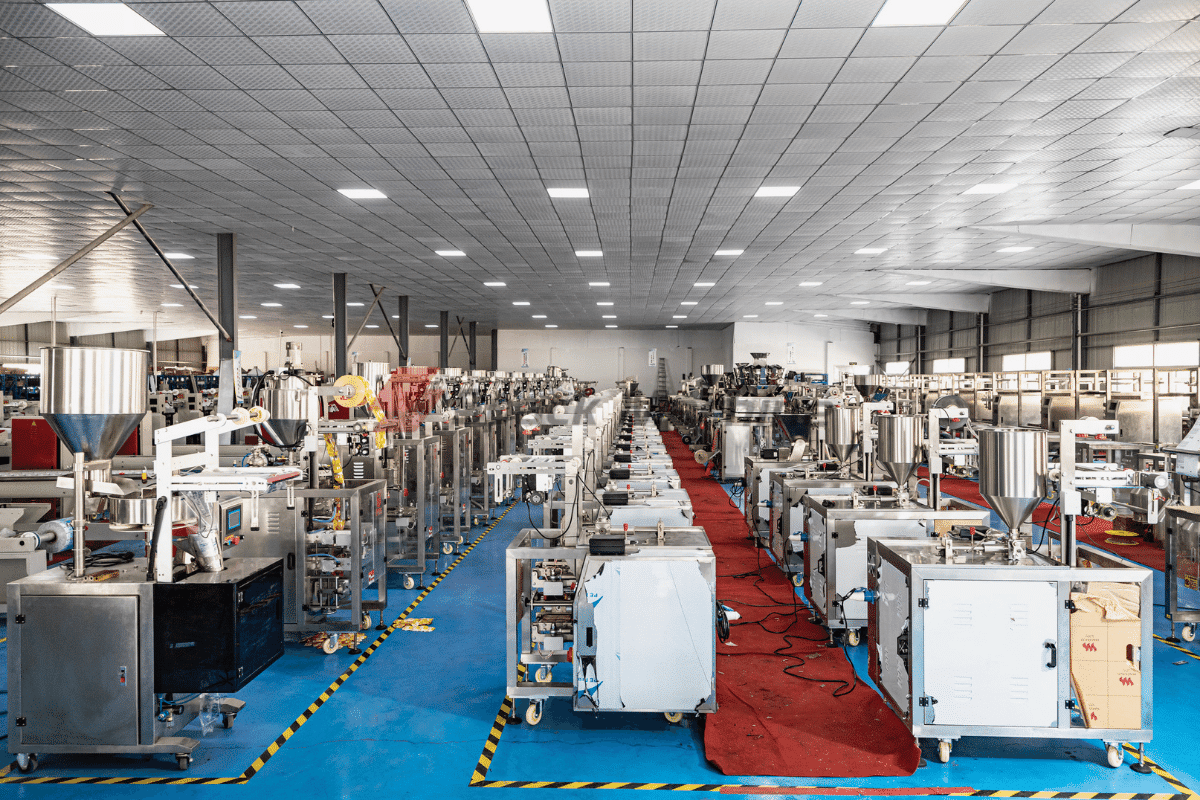
3. Determining the overall price of new packaging equipment
When investing in automated packaging equipment, you shouldn’t just look at the pricing of the machine. Your ROI estimates will be more accurate if you factor in the full cost of ownership of the equipment, such as:
- Shipping and Installation Fees
- Train
- Financial expenses
- Annual Maintenance and Parts Spend
We recommend looking for information on machine prices based on your application and company needs, as they vary widely and are difficult to predict. Consider these other important factors:
1) flexibility
As your business inevitably changes, will machines be able to adapt to those changes? For example, you might start out packing small items but eventually want to pack larger items. Can the machine be easily modified? Otherwise, you may have to buy a new machine in the future, which will affect your return on investment.
It is important to consider current and future needs when making a decision.
2) sustainability
Is the machine environmentally friendly? How much energy does it consume? These are all important factors to consider, especially if you are looking to reduce your carbon footprint. A packaging machine that uses sustainable materials and has a low environmental impact can help you meet your sustainability goals.
Additionally, some sustainable packaging machines may be eligible for government incentives or tax breaks. Be sure to check with your accountant to see if this is the case.
4. Calculate labor costs with and without packaging
First, calculate the current full-time wages each member of your packaging team earns per hour. This includes not only compensation rates, but also the cost of benefits such as insurance, paid time off, and any other employee incentives that may be offered.
Next, calculate how the introduction of packaging automation might affect your labor costs. After implementing automation, your full hourly wages may remain the same, but the number of staff required will change.
In many cases, this will result in a reduction of as much as 50% in the number of workers required to operate the packaging line. This will have a profound impact on your labor costs and subsequent ROI.
5. Calculation of productivity variables with and without packaging automation
The first step in calculating your packaging efficiency is to determine how many packages are currently being produced each year, and the dollar (or local currency) amount you are making from each box.
You can then use the specifications provided by the packaging equipment manufacturer (you can check their website or give them a call) to determine how many packages you are likely to produce after introducing automation.
It is usually expressed in BPM (bags per minute) or CPM (cartons per minute) (cycles per minute). By multiplying this amount by the number of hours spent packing each day, the number of days of the week, and the number of weeks in the year, an annual estimate can be calculated operation in a year.
This will give you a good idea of the productivity of your automated packaging line and how it will affect your business.
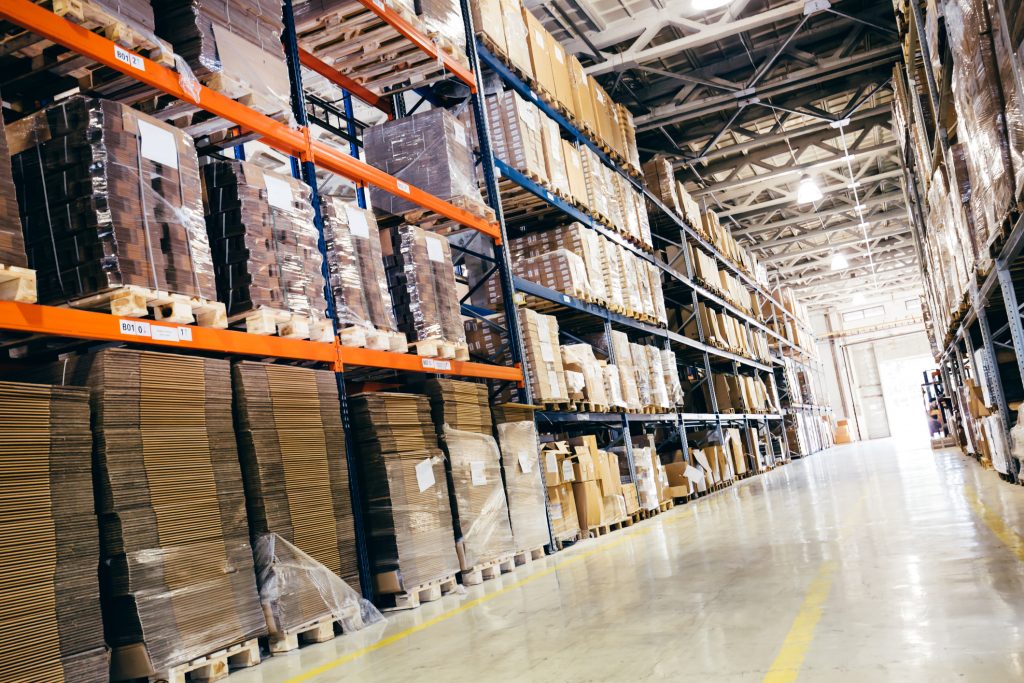
6. Estimating the value of your time
Your time is precious, and as a business owner or operator, there are only so many hours of the day you can devote to operating. Every minute you spend on a task that can be automated is a minute you’re not spending on other important tasks like developing a new product, marketing your business, or growing your customer base.
To calculate the value of your time, first, estimate how much revenue your company generates each year. Identify how many hours you spend each week on tasks that can be automated, such as packing orders.
Once you have these numbers, you can estimate the value of your time by dividing your company’s annual revenue by the number of hours you spend on tasks that can be automated.
7. Expenses unique to your company should be considered
Be careful to include the cost of scrap and rework, engineering or R&D costs for custom packaging systems, and any commissions you may have to pay third-party integrators, whether before or after process automation.
Your costs may also include the value of the floor space gained by consolidating a large number of manual packing locations into a smaller machine footprint. This will reduce the amount of space required for manual wrapping.
The machine can also eliminate the need for secondary storage and handling equipment, which will further reduce your operational footprint and associated costs.
8. Calculating the Internal Rate of Return
The rate of financial year gain or loss expressed on an investment and displayed as a percentage is one meaning of the term return on investment (ROI). The formula for calculating the return on investment of packaging equipment is as follows:
The ratio of the net gain or loss from the new equipment to the total cost of the new equipment multiplied by 100
For example, if you expect a net benefit of $150,000 per year (through labor savings and increased throughput), and you are considering purchasing a $200,000 packaging system, your return on investment would be as follows:
($150,000 / $200,000) × 100 = 75%
That means you’ll get back 75 cents for every dollar you spend on this new device. Companies expecting a lower return on investment may choose to invest that money in other areas of their business, or wait until the technology improves or prices come down.
9. Apply the Payback Period Calculation Formula (PBP)
The payback period is the estimated time required to fully recover the original investment. The following is the calculation formula for the payback period of investment in packaging equipment: The total cost of new equipment is divided by the total profit earned from new equipment on a regular basis.
Using the same example above, where the equipment cost is $200,000 and the annual net benefit is $150,000, the payback period is:
$200,000 / $150,000 = 1.3 years. Moreover, this example also indicates that the company will become profitable in 13 months.
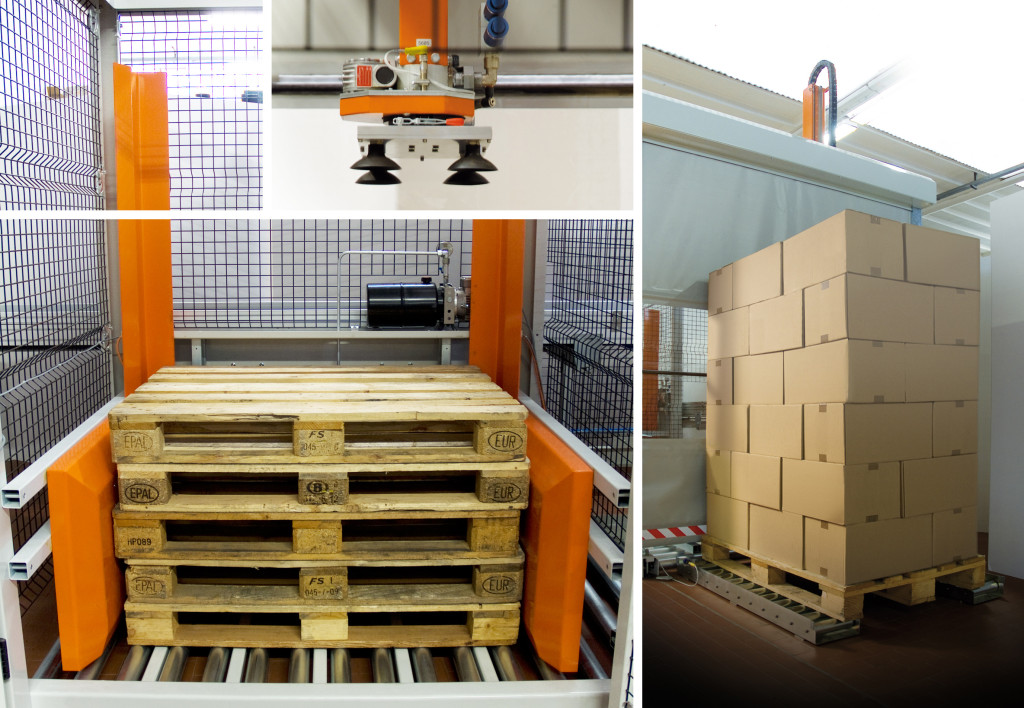
10. Weighing the Pros and Cons of Automating Your Packaging Process
Once you have calculated the ROI of a potential packaging machine, you should weigh the pros and cons of automating your packaging process.
Some advantages of automation include:
- Improve efficiency and throughput
- reduce labor costs
- Improve consistency and accuracy
- Improve employee safety
- Increase flexibility to adapt to changing product mix
- Reduced downtime for maintenance and repairs
- smaller physical footprint
- improve sustainability
- Improve packaging quality
- Improve customer satisfaction
Some disadvantages of automation include:
- High initial investment cost
- Trained operator required
- Downtime for cleaning and changeover
- Power outages and other equipment failures can occur
- Restricted to repetitive tasks
In the end, the decision to automate the packaging process comes down to a cost-benefit analysis. Weigh the pros and cons of automation against the expected ROI to determine if it is right for your business.
11. Conclusion
Consider the payback period, internal rate of return, and cost of ownership when calculating the ROI of a packaging machine investment. You should also consider other important factors such as flexibility, sustainability, and company-specific spending.
If you can understand the likely return on your packaging equipment investment, you will have more confidence in your decision and the ability to plan the appropriate course of action for this purchase and for years to come. Strive to capitalize on your investment.

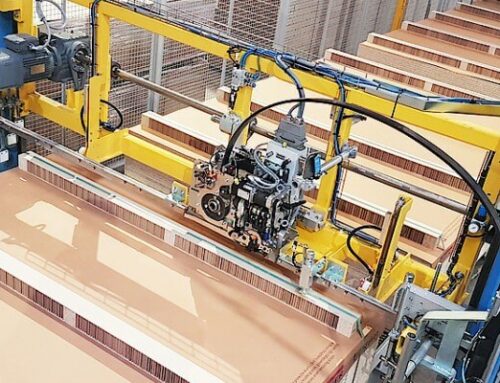
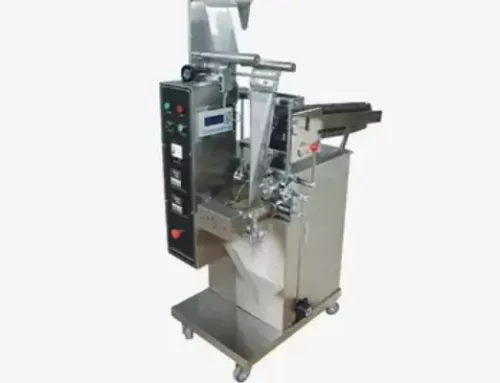
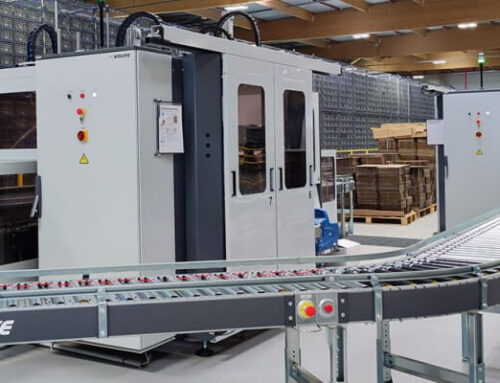
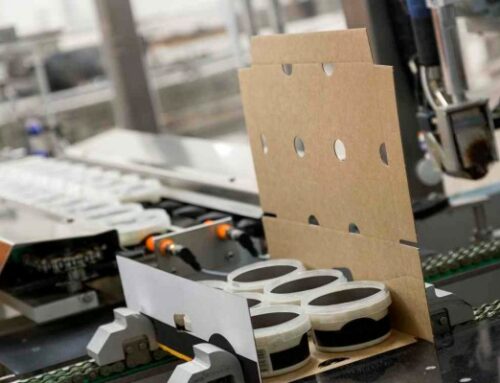
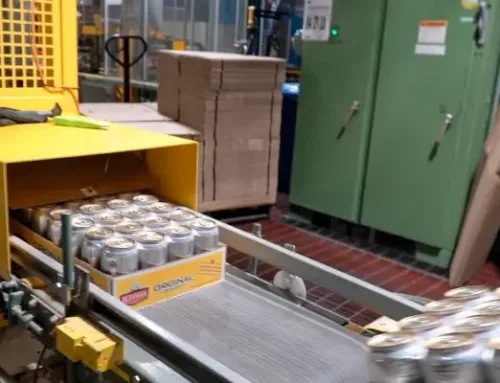
Leave A Comment